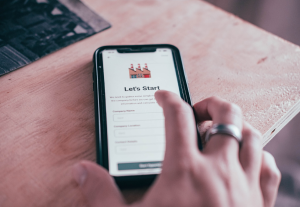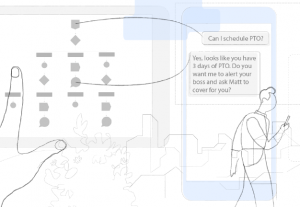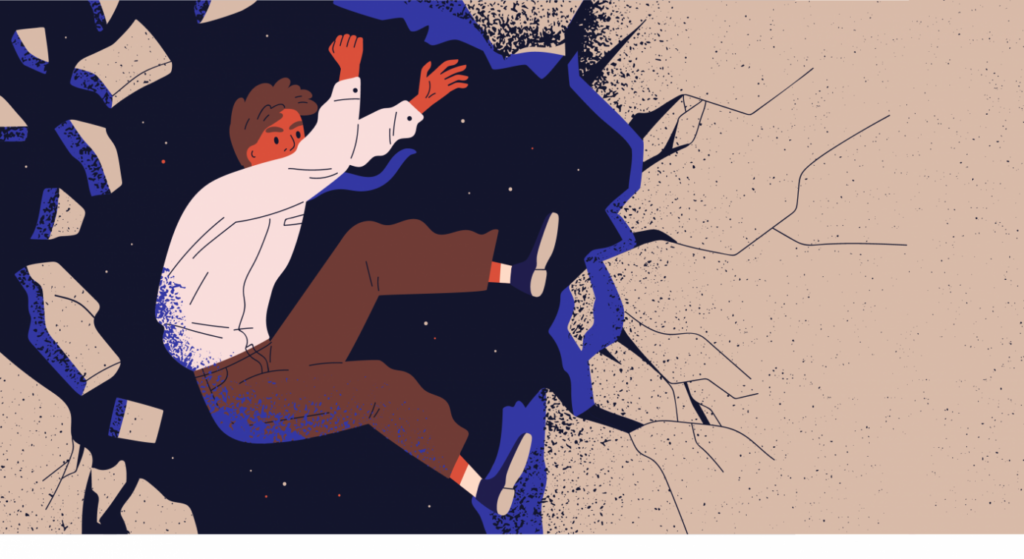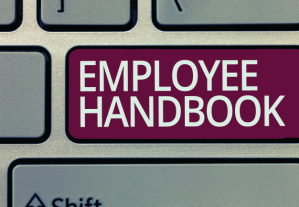- Android, Apple, Customer Experience, Empathy, Interface and Navigation Design, Mobile Applications, Onboarding
The onboarding process can impact your app’s success crucially. There are several onboarding best practices we suggest you keep in mind.
Article by Olga Kimalana
Share:Onboarding: Best Move for User Retention in Mobile Apps
Share this link
- March 26, 2021
4 min read







